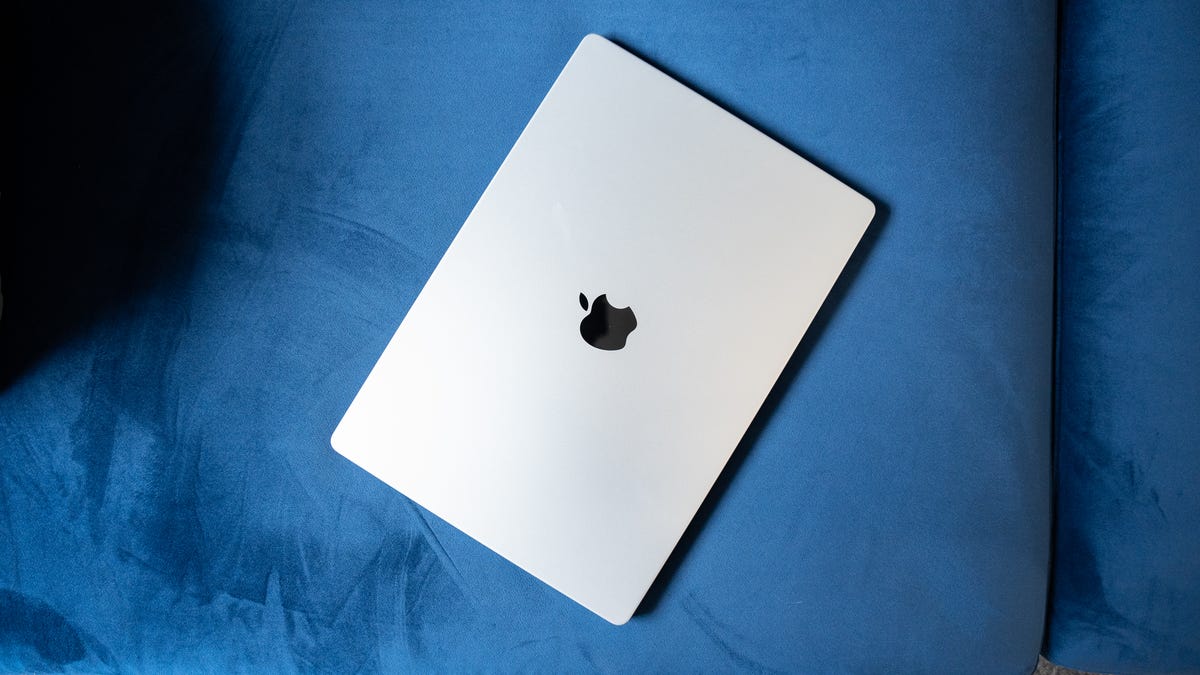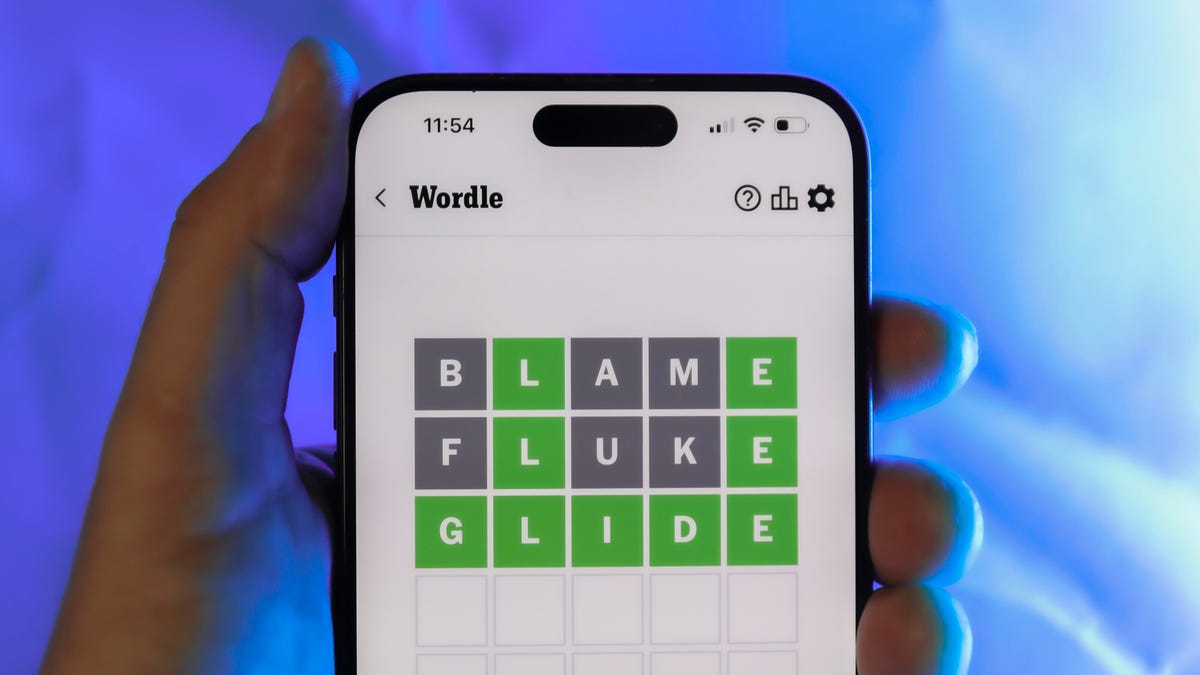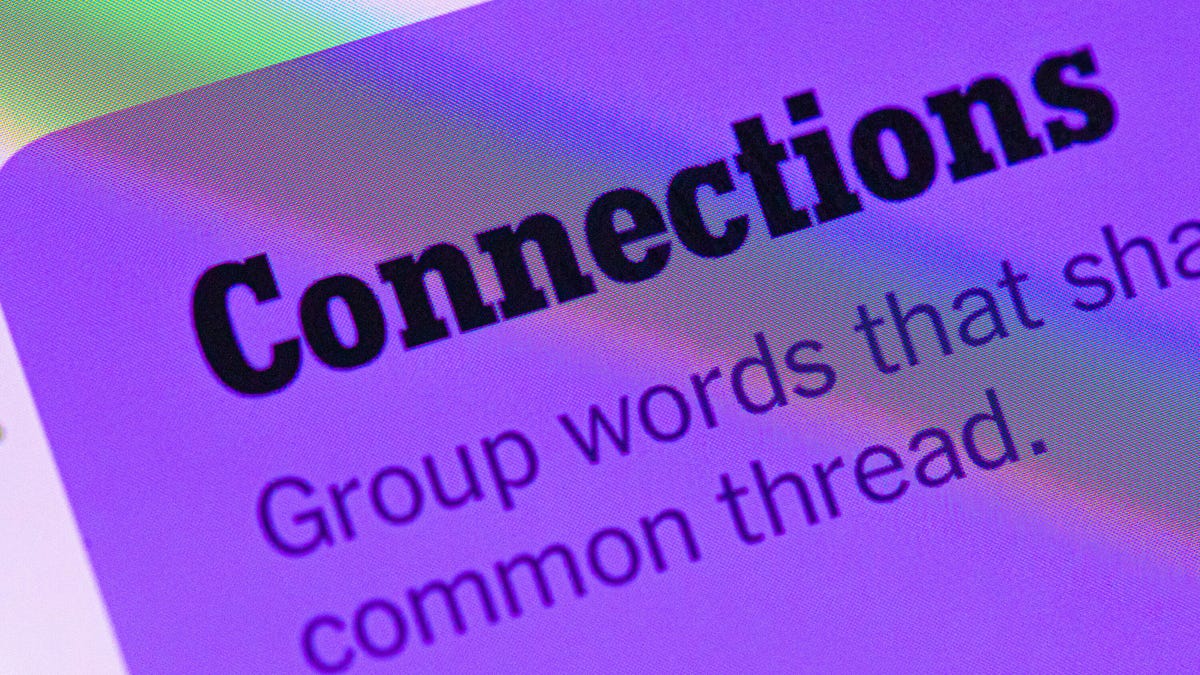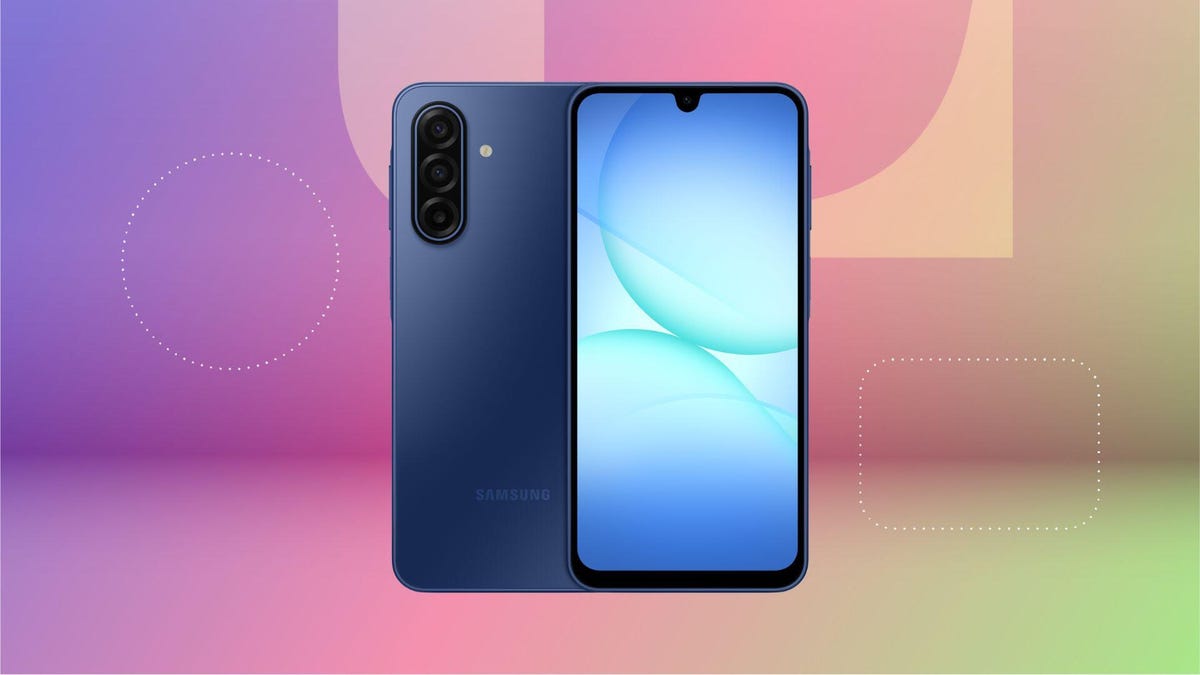Technologies
Apple Reportedly Has New M3 MacBook Pro, iMac in the Works
The tech giant could release more than a dozen updated devices over the next 12 months, reports Bloomberg.

Apple unveiled its new Vision Pro headset earlier this month, but that’s not the only device the tech giant is expected to launch in the coming months. Apple reportedly has more than a dozen updated products set to be released later this year and into the first half of 2024, including new MacBook Pro and iMac models powered by its rumored M3 chip.
Apple plans to release a 13-inch MacBook Pro with its M3 chip, as well as 14-inch and 16-inch models of the MacBook Pro with M3 Pro and M3 Max chips, according to a report from Bloomberg’s Mark Gurman.
See Also: Best MacBook for 2023
In 2020, Apple began switching to its homegrown M chips in its lineup of MacBooks, Macs and iPads after years of using Intel processors. At its Worldwide Developers Conference earlier this month, Apple unveiled the M2 Ultra — the most powerful processor in its current M2 series — as well as upgraded Mac Pro and Mac Studio models with the new chip. The company has reportedly been testing the new M3 chip series, which is expected to include Pro and Max versions.
Gurman also reiterated that Apple will update the iMac with the M3 chip this year or early next year. The company may also be in the early stages of working on an iMac with a 30-inch screen, according to the report.
Apple is also working on M3 versions of the 13-inch and 15-inch MacBook Air models, but those reportedly won’t debut until the middle of next year or later. Apple unveiled a 15-inch MacBook Air powered by an M2 chip at WWDC.
Over the next 12 months, Apple also plans to release revamped iPad Pro models with OLED screens and a new iPad Air, according to Bloomberg.
The company is also expected to unveil its iPhone 15 lineup and Apple Watch Series 9 in the fall. Apple will reportedly release two new Series 9 models as well as an updated version of the Apple Watch Ultra.
Apple didn’t immediately respond to a request for comment.
Technologies
Today’s Wordle Hints, Answer and Help for Dec. 31, #1656
Here are hints and the answer for today’s Wordle for Dec. 31, No. 1,656.

Looking for the most recent Wordle answer? Click here for today’s Wordle hints, as well as our daily answers and hints for The New York Times Mini Crossword, Connections, Connections: Sports Edition and Strands puzzles.
End the year with a Wordle win. Today’s Wordle puzzle isn’t terribly tough. If you need a new starter word, check out our list of which letters show up the most in English words. If you need hints and the answer, read on.
Read more: New Study Reveals Wordle’s Top 10 Toughest Words of 2025
Today’s Wordle hints
Before we show you today’s Wordle answer, we’ll give you some hints. If you don’t want a spoiler, look away now.
Wordle hint No. 1: Repeats
Today’s Wordle answer has no repeated letters.
Wordle hint No. 2: Vowels
Today’s Wordle answer has two vowels.
Wordle hint No. 3: First letter
Today’s Wordle answer begins with S.
Wordle hint No. 4: Last letter
Today’s Wordle answer ends with N.
Wordle hint No. 5: Meaning
Today’s Wordle answer can refer to a device that makes a loud, long-lasting sound as some kind of signal or warning.
TODAY’S WORDLE ANSWER
Today’s Wordle answer is SIREN.
Yesterday’s Wordle answer
Yesterday’s Wordle answer, Dec. 30, No. 1,655 was DECOR.
Recent Wordle answers
Dec. 26, No. 1651: SPEED
Dec. 27, No. 1652: BATCH
Dec. 28, No 1653: ABBOT
Dec. 29, No. 1654: FRUIT
Don’t miss any of our unbiased tech content and lab-based reviews. Add CNET as a preferred Google source.
Technologies
Today’s NYT Connections Hints, Answers and Help for Dec. 31, #934
Here are some hints and the answers for the NYT Connections puzzle for Dec. 31, No. 934.

Looking for the most recent Connections answers? Click here for today’s Connections hints, as well as our daily answers and hints for The New York Times Mini Crossword, Wordle, Connections: Sports Edition and Strands puzzles.
Today’s NYT Connections puzzle has a tough purple category once again. But the yellow group is very timely, and pretty easy. Read on for clues and today’s Connections answers.
The Times has a Connections Bot, like the one for Wordle. Go there after you play to receive a numeric score and to have the program analyze your answers. Players who are registered with the Times Games section can now nerd out by following their progress, including the number of puzzles completed, win rate, number of times they nabbed a perfect score and their win streak.
Read more: Hints, Tips and Strategies to Help You Win at NYT Connections Every Time
Hints for today’s Connections groups
Here are four hints for the groupings in today’s Connections puzzle, ranked from the easiest yellow group to the tough (and sometimes bizarre) purple group.
Yellow group hint: Here comes 2026!
Green group hint: Where is it?
Blue group hint: Pennsylvania city.
Purple group hint: Waves.
Answers for today’s Connections groups
Yellow group: Happy New Year!
Green group: Places where things disappear.
Blue group: Associated with Philadelphia.
Purple group: Starting with bodies of water.
Read more: Wordle Cheat Sheet: Here Are the Most Popular Letters Used in English Words
What are today’s Connections answers?
The yellow words in today’s Connections
The theme is Happy New Year! The four answers are ball drop, champagne flute, fireworks and noisemaker.
The green words in today’s Connections
The theme is places where things disappear. The four answers are Bermuda Triangle, black hole, couch cushions and dryer.
The blue words in today’s Connections
The theme is associated with Philadelphia. The four answers are brotherly love, cheesesteak, Liberty Bell and Rocky.
The purple words in today’s Connections
The theme is starting with bodies of water. The four answers are bay leaf, channel surf, sea bass and sound barrier.
Don’t miss any of our unbiased tech content and lab-based reviews. Add CNET as a preferred Google source.
Technologies
Samsung’s $200 Galaxy A17 Brings Google’s Circle to Search to Its Lower-Priced Phone
While the AI features are nice to see at the lower price, the Galaxy A17 otherwise looks very similar to the phone it’s replacing.

Samsung’s $200 Galaxy A17 5G, announced Tuesday, appears to be a smaller hardware refresh for the company’s lower-cost phone — bearing many similarities to the Galaxy A16 that it will replace. However, Samsung notes that the A17 will have access to several AI features, including Google’s Circle to Search and Gemini assistant.
Even though both of those AI features are becoming common on all phones running Android 16 (Motorola’s sub-$200 phones also include them), the Galaxy A17 might become one of the broadest ways that Circle to Search and Gemini reach new audiences. That’s because Samsung’s $200 phone is typically one of the few non-Apple devices to consistently top sales charts in the US, for instance, the $200 Galaxy A16 currently ranks fifth on Counterpoint Research’s list behind Apple’s iPhone 16 and iPhone 17.
Similar to the Galaxy A16, the A17 will have a 6.7-inch display with a 90Hz refresh rate, an IP54 rating for water and dust resistance (can withstand splashes but still avoid submerging the phone) and is powered by Samsung’s Exynos 1330 processor. The cameras are also the same, including a 50-megapixel wide camera, a 5-megapixel ultrawide camera and a 2-megapixel macro camera. Around the front is a 13-megapixel selfie camera.
The Galaxy A17 will also include a 5,000-mAh battery, 25-watt wired charging, 4GB of RAM with 128GB of onboard storage, the option to expand with a microSD card and will receive six years of software as well as security updates. That support period is quite notable for phones sold in the $200 range, as most phones that cost $200 get two to three years of updates.
The Galaxy A17 goes on sale in the US starting Jan. 7, and will come in blue, black and gray models.
-

 Technologies3 года ago
Technologies3 года agoTech Companies Need to Be Held Accountable for Security, Experts Say
-

 Technologies3 года ago
Technologies3 года agoBest Handheld Game Console in 2023
-

 Technologies3 года ago
Technologies3 года agoTighten Up Your VR Game With the Best Head Straps for Quest 2
-

 Technologies4 года ago
Technologies4 года agoBlack Friday 2021: The best deals on TVs, headphones, kitchenware, and more
-

 Technologies4 года ago
Technologies4 года agoVerum, Wickr and Threema: next generation secured messengers
-

 Technologies4 года ago
Technologies4 года agoGoogle to require vaccinations as Silicon Valley rethinks return-to-office policies
-

 Technologies4 года ago
Technologies4 года agoOlivia Harlan Dekker for Verum Messenger
-

 Technologies4 года ago
Technologies4 года agoiPhone 13 event: How to watch Apple’s big announcement tomorrow
